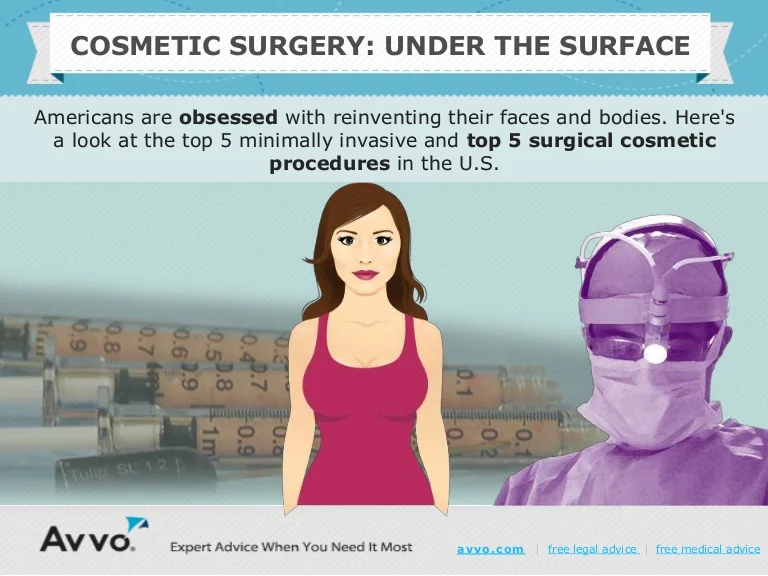Does Dirty Skin Cause Acne
Does Dirty Skin Cause Acne
Blog Article
How Does Photodynamic Treatment (PDT) Job?
Photodynamic therapy (PDT) integrates a light-sensitive medicine with unique light to kill malignant and precancerous cells. Your doctor places the drug on your skin or inside your eye and afterwards radiates a light on the therapy area.
This mix eliminates malignant cells and saves healthy tissue. Yale Medicine pulmonologist George Eapen, M.D., explains just how this functions.
The Photosensitizer
Photodynamic treatment (PDT) utilizes a combination of light and a medicine called a photosensitizer to eliminate malignant or precancerous cells and spare healthy tissue. You obtain a shot of the photosensitizer, which is then activated by light in your body. The photosensitizer is absorbed by both healthy and balanced and malignant cells however isn't hazardous until it is activated by the light.
Light-absorbing particles, called photosensitizers, are discovered in plants and animals, including human beings. There are lots of photosensitizers, however many are able to soak up a certain variety of light wavelengths.
Once the photosensitizer is revealed to a light with a coordinating spectral range, it's transformed from its ground state right into a thrilled singlet state. This enables it to move energy to molecular oxygen, generating singlet oxygen and free radicals that moderate cellular toxicity.
The Light
Throughout treatment, a special light is beamed on the location where the photosensitizer was applied. This light turns on the medication and destroys cancer cells or precancerous cells that it has actually targeted.
The medications that are used in photodynamic treatment have various absorption homes and some of them might take hours to leave typical cells but continue to be much longer in cancer cells or precancer cells. This process allows the medical professional to target cancer cells a lot more precisely than various other kinds of treatments that make use of visible light, such as lasers or electrocautery [54]
Photodynamic therapy can deal with the earliest spots of sunlight damage known as masseter botox actinic keratosis and can lower skin cancer growth in people at high risk for creating the condition. It is additionally a choice for some people with damp type age-related macular deterioration, which is a common source of loss of central vision in older grownups. It can not bring back the loss of vision caused by this illness, but it can reduce the development of abnormal capillary growth that triggers wet AMD.
The Activation
Photodynamic treatment (PDT) uses a drug and light to treat cancer cells and other skin disease. It targets precancerous cells and kills them. Unlike various other cancer therapies that burn and ruin, this treatment eliminates precancerous cells while saving healthy cells.
The photosensitizer is provided right into the skin through topical, dental or intravenous administration. It is soaked up by the tumor cells and turned on when exposed to light of a certain wavelength. This triggers a series of photochemical reactions that produces reactive oxygen types (ROS) that damages tumor cells and kill cancer cells.
PDT is usually made use of to treat actinic keratoses and sitting squamous cell carcinoma (Bowen illness). It can likewise be utilized to deal with other kinds of skin cancer, consisting of superficial basal cell cancer. It can be used alone or with various other treatments, such as surgical treatment or radiation. It can also shrink growths in the lungs, allowing surgical treatment or various other treatment to be risk-free and reliable.
The Treatment
PDT functions best in little uncommon areas of tissue that a source of light can reach, such as the skin, eyes, mouth or food pipeline (gullet) and lungs. It is also utilized to deal with precancerous growths, such as actinic keratoses, which are sun-damaged cells that can become cancer cells.
Doctors provide the photosensitizer as a lotion or injection, and after that beam a light on the treatment area. The light ruins the uncommon cells. While healthy cells take in the photosensitizer, it remains longer in cancerous cells.
After the procedure, your body normally deals with the dead cells. Individuals with lung cancer cells may experience spending blood or have a bronchoscopy to get rid of the lungs of the dead cells. In some cases, your physicians might use a bronchoscopy to eliminate the photosensitizer from the lungs also if it creates serious symptoms. It is very important to remain inside and use sunscreen when you go outside while the photosensitizer remains in your system.